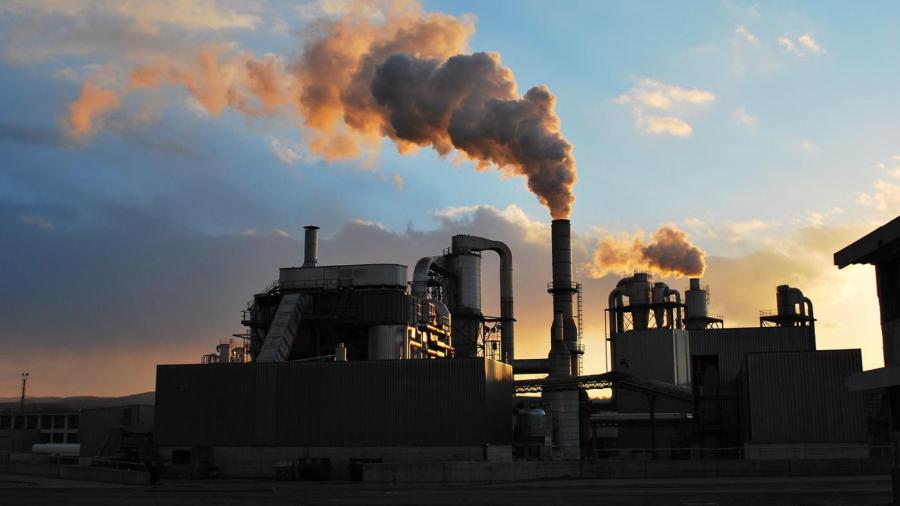What Does Pollution Do to the Environment?

Pollution can damage trees, plants, crops, lakes and other waterways, oceans, coral reefs, animals and people. This applies to air pollution, pollution through toxic chemicals, litter in the ocean, pollution from pesticides and fertilizers, noise pollution and light pollution.
Some of the main causes of pollution and their effects, according to the World Wildlife Fund and the United States Environmental Protection Agency, are as follows:
Air pollution can impact the health of people and animals, as well as damage trees and plants. It can also impact on waterways including lakes, and it damages man-made structures like buildings. Air pollution can also cause acid rain.
Toxic chemicals can cause disease and death in animals, birds and humans.
Ocean litter can impact fish and plant life in the ocean, and can get washed up on beaches. The amount of litter that is in the ocean has created what are called ocean garbage patches. Pollutants can also cause algal blooms and dead zones which kill fish and birds. Some water pollution is caused by increasing levels of nitrogen and phosphorus.
Noise and light pollution from things like industry and growing populations can have a negative impact on some animals. There is a particular focus on this in the Arctic.





